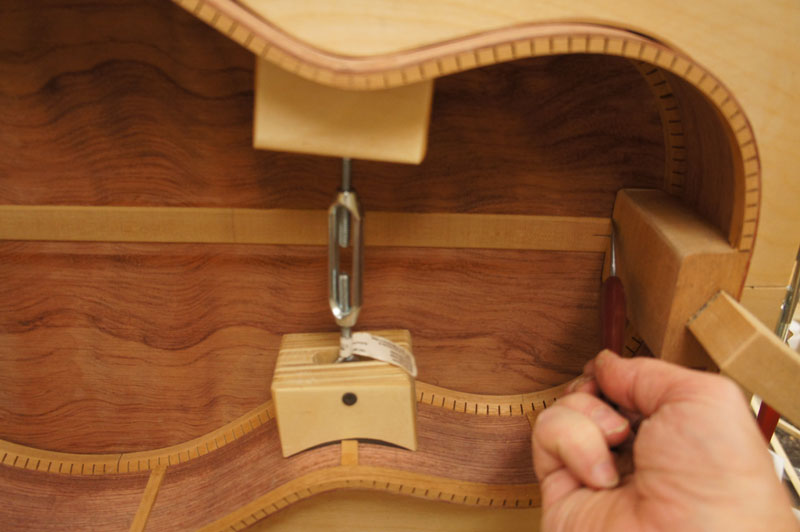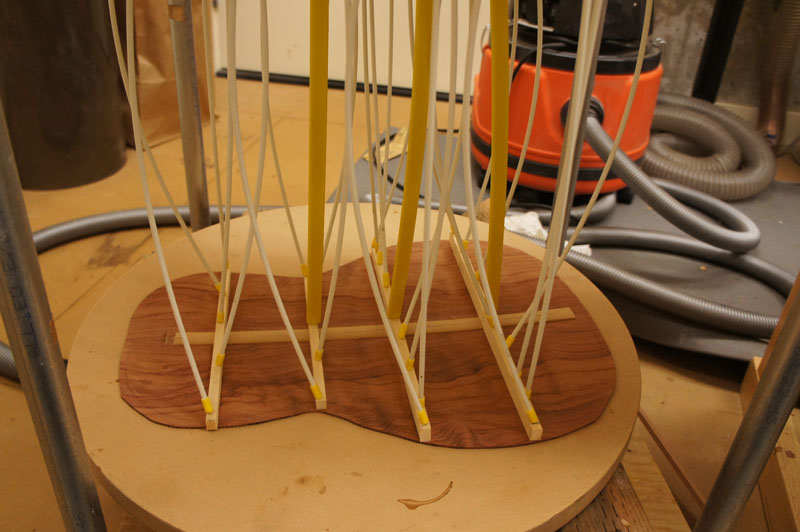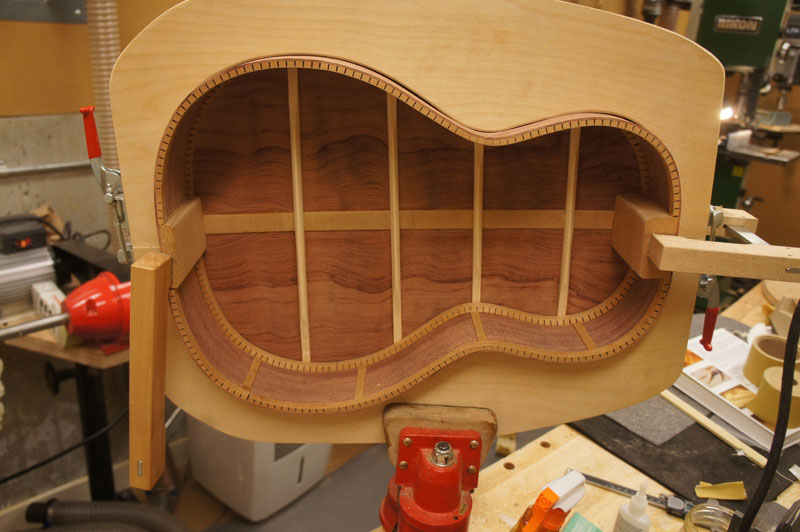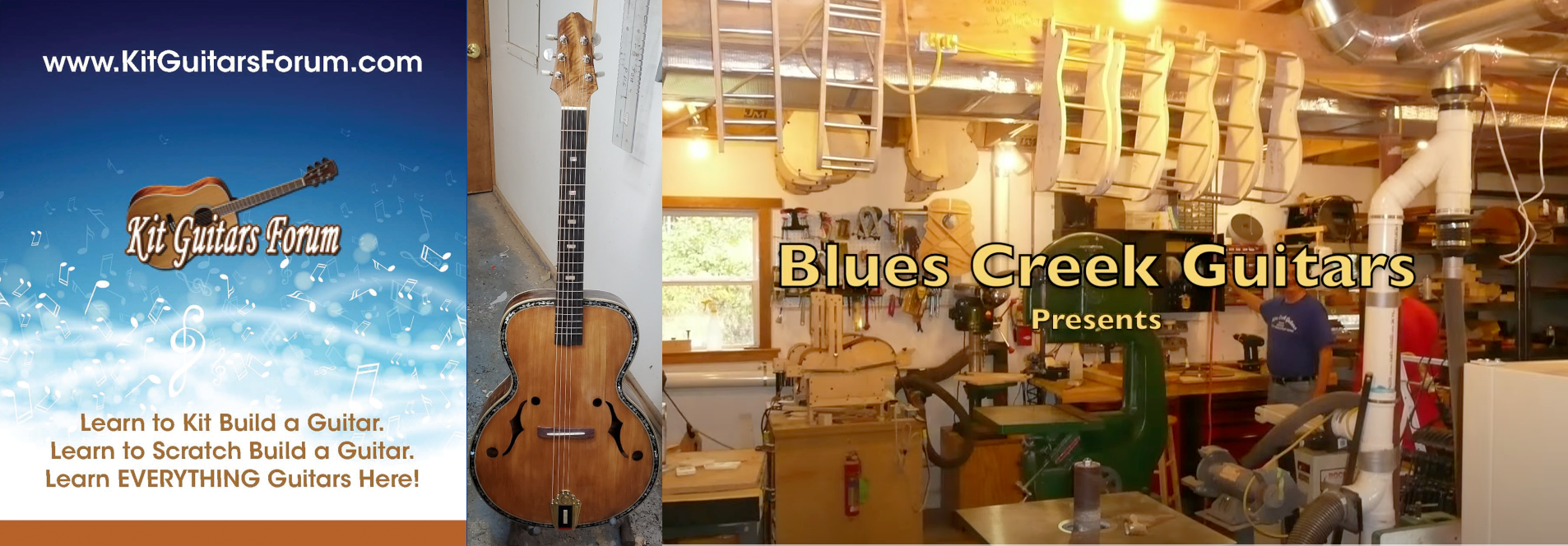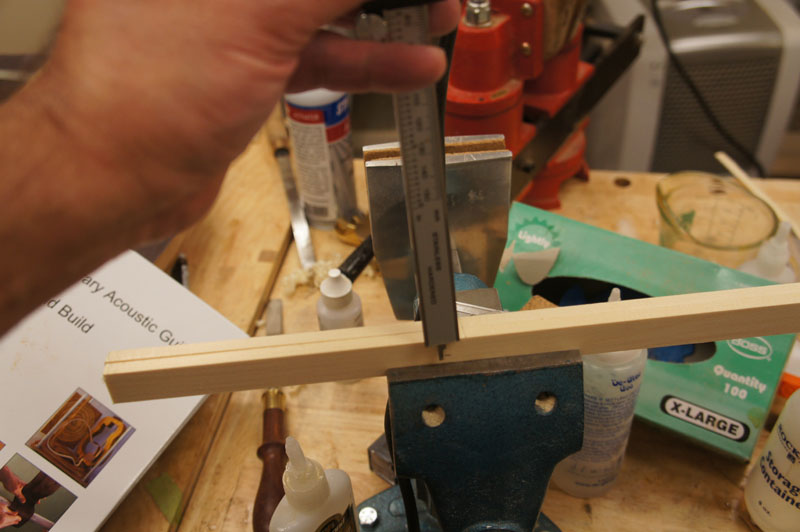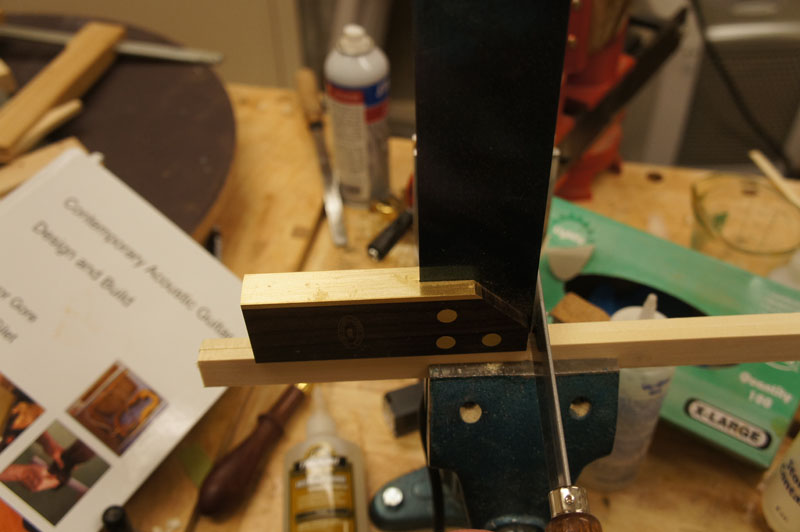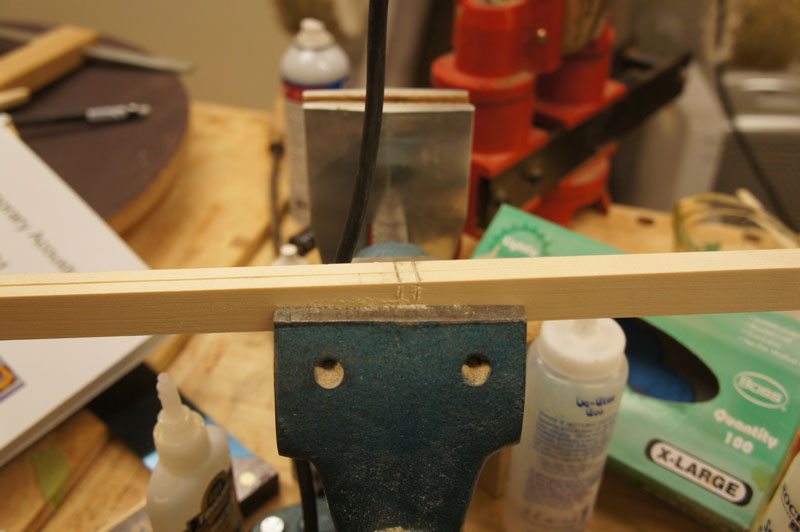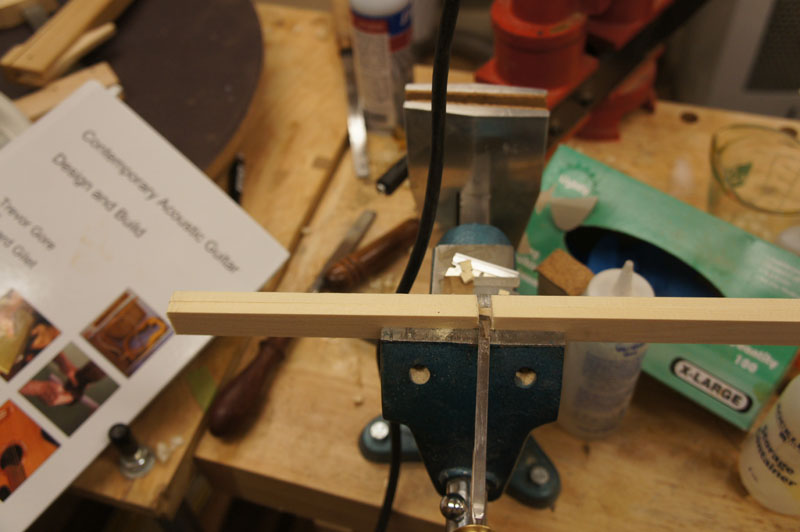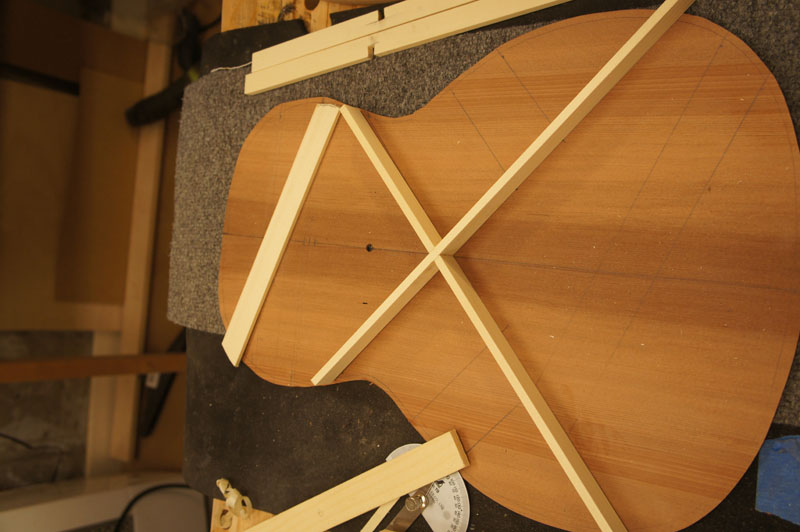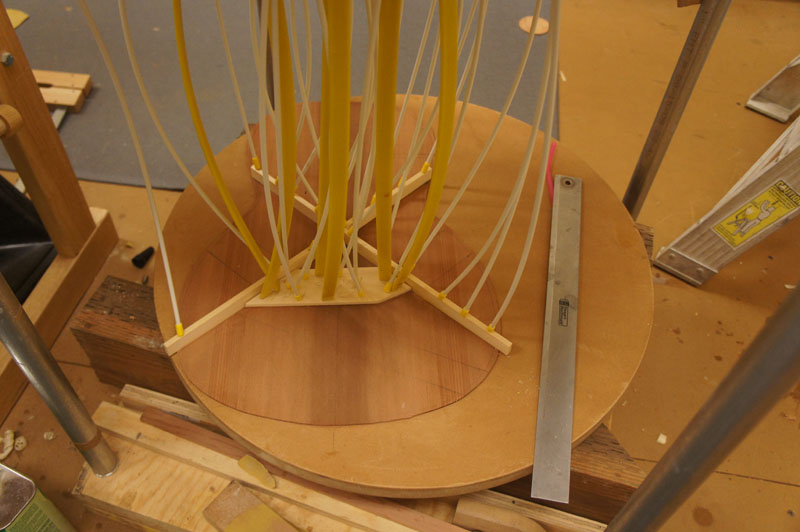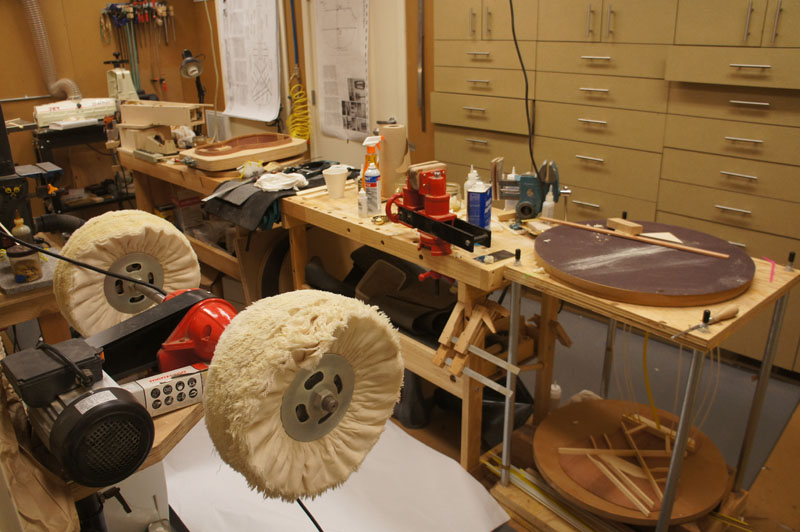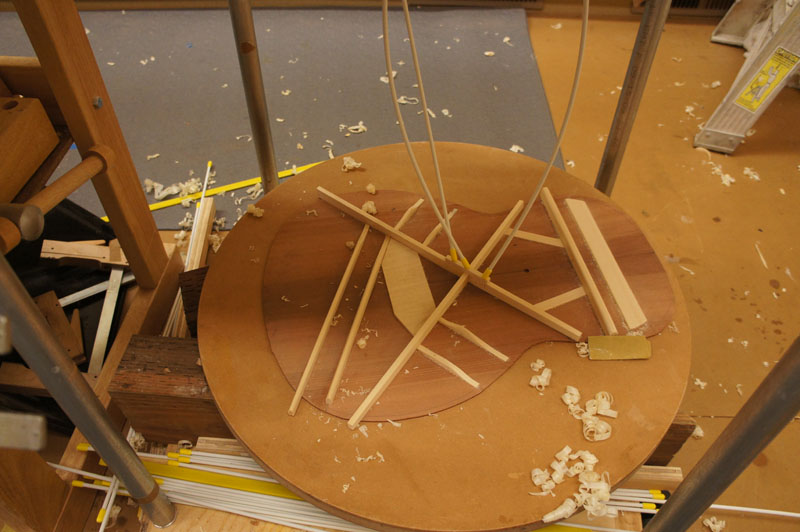I was curios how much stiffness CF added when installed at that location. It sounds like it does add some stiffness.
To address your question, if you take a beam and bend it, along the outside of the bend the beam is in tension. Along the inside of the bend, the beam is in compression. The tension/compression on the beam decreases as you near the centerline of the beam and along the centerline, there is no load meaning neither compression nor tension. Its called the neutral axis best I recall. So since there is no load on the neutral axis, adding additional strength to the neutral axis doesn't add any stiffness to resist bending. The most efficient way to add stiffness is to add it as far away from the neutral axis as possible (along the outside of the beam). That's why an I-beam has a narrow web through the middle (neutral axis) and 2 hunks of steel on the ends of the web, as far from the neutral axis as possible, to resist bending.
So apply this to a neck. Its made up of two different woods, often a medium density wood like mahogany, and a dense wood for the fingerboard like ebony or rosewood. Look how the strings pull on the neck and which way the neck tends to bend you see the fingerboard is in compression and the back of the neck is in tension. If the fingerboard is denser/stiffer than the neck material, the neutral axis won't be in the middle, it will move a little toward the denser/stiffer material. So in general, I would guess the neutral axis on most necks is right under the fingerboard somewhere near the glue line(varies neck to neck, but not much I would guess). So adding stiffness right under the fingerboard along the neutral axis is not efficient. The CF on the neutral axis doesn't add to stiffness at all. Ideally, the CF would be on top of the fingerboard or or on back of the neck......but that isn't practical. So placing CF as deep as possible in the neck is beneficial.........like on bottom of the truss rod channel. Go as deep as you dare without having the CF show on back of the neck. Of course the truss rod must overcome this added stiffness to make adjustments.
johnnparchem wrote:Darryl Young wrote:Looking good John!
I'm curious about the location of the carbon fiber. I would guess that once the fretboard is installed, the CF is positioned very near the neutral axis of the neck. So does it have much affect on resisting the bow created by string tension?
It sure is a lot harder to bow the neck with the carbon fiber than the wood it replaced. I can feel it when I use the truss rod. Are you saying that spacing them out further would increase the stiffness of the neck? Or setting them deeper? Or do you think they are a waste of effort. They are cool though!
Slacker......
